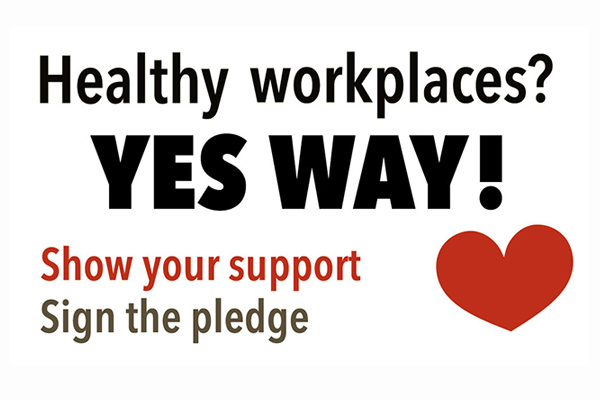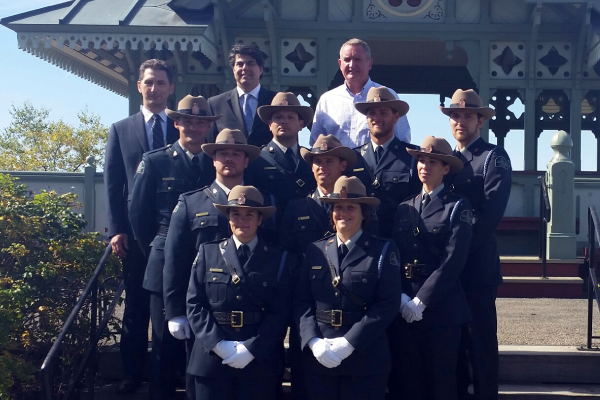
In 2008, when Isabelle Beaudoin found out she had been accepted to the PSAC’s Union Development Program, her regional vice-president told her, “you’ll see, you’re going to become a great union leader.”
“That sent shivers down my spine,” recalled Beaudoin.
“I was in my late twenties, eager to take on whatever my thirties brought. I took that same fervent energy that I dedicated to union work and applied it to the UDP.”
Beaudoin had been eager to learn all she could about the union world. By the time she had been accepted into the UDP, she had pretty much attended every other training the PSAC had to offer. What followed, she says, changed her union life forever.
“It was the most complete and most rewarding program. It was like a complete overview, in just three weeks, of what I could expect to confront in my next thirty years of union activism.”
From the very beginning, the very diverse group of participants taking the training alongside her started forming very strong bonds. It’s this sort of experience that the PSAC hopes to build upon with some of the improvements it’s bringing to the program.
For the first time, the program is bringing together members from different regions. There are two English courses; one for the western provinces and the territories, another for the eastern provinces and the NCR. A third course will be made up of francophone participants from Quebec, the NCR and Atlantic provinces.
Ultimately, all three groups will meet in Ottawa for three days of training – a key opportunity to network and brainstorm among kindred spirits.
For Dave Burchell, who took the program in 2009, it’s music to his ears.
“That’s huge because, even though the groups haven’t met each other, each individual group has already made bonds – and now there’ll be a collision of entities comparing notes on what they’ve learned.”
“When I read it, I thought ‘Oh, that’s cool! I like that idea.’”
UDP participants will also get the opportunity to participate in a social justice fair, which will provide them a chance to interact and network with community action groups in their region.
Burchell believes this will encourage a more long-term involvement among our activists. He added that most people would get more involved if they had immediate access to such opportunities.
“Most people don’t have time to figure out the steps required to get involved,” he explained. “Often, that’s where we fall down; we say ‘okay guys, go get ‘em’ and everyone stands around going ‘go get who and we’re ready for what?’”
To further promote networking and learning among participants, the new version of the program will usher in the use of social media and web technologies.
But all these tweaks are just improving on possibly the best program PSAC has to offer. All the staples of the tried-and-true UDP are still there; participants can still expect to learn a great deal about labour history, activism and how government works.
For her part, Isabelle Beaudoin still remembers the research paper she presented on the life of Léa Roback, a Canadian labour activist and feminist.
“She’s considered a pioneering feminist in Quebec,” explained Beaudoin.
“There’s a road in Montreal that bears her name; the only road to cross it is Beaudoin Street.”
“Maybe my ancestors were unionists too,” mused Beaudoin. “There you go. Now I know where the fire in my belly comes from!”
To find out more about UDP, please consult your PSAC region’s website. The deadline for applications is October 3; don’t delay!










